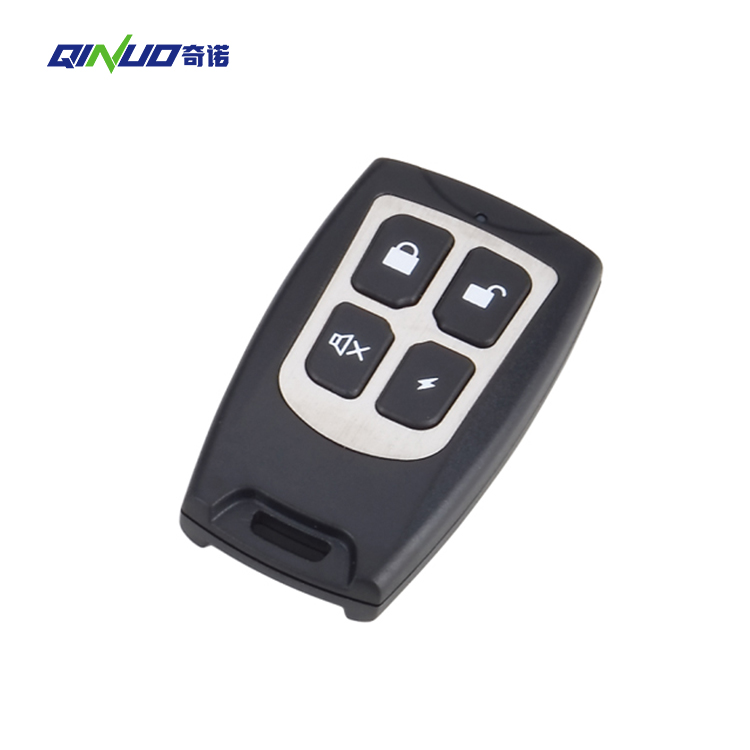Remote controls have become ubiquitous in modern society, seamlessly integrating into various devices ranging from garage doors and car entry systems to home security systems. However, ensuring the security of these remote controls is paramount to prevent unauthorized access. One of the key technologies employed in remote controls to bolster security is encryption, particularly in rolling code systems. In this article, we delve into how encryption works in rolling code remote controls to safeguard against unauthorized access.

Understanding Rolling Code Remote Controls: Rolling code remote controls, also known as hopping code or key hopping systems, are widely used in devices where security is crucial. Unlike fixed code systems where the transmitted code remains constant, rolling code systems generate a new code with each use, making it significantly more difficult for unauthorized individuals to intercept and replicate the code.
How Encryption Works in Rolling Code Systems: The encryption process in rolling code remote controls involves several key steps to ensure the security of the transmitted codes:
1. Initialization: When the remote control and receiver are initially paired, they synchronize their internal clocks and generate a shared secret key. This key is typically a randomly generated sequence of bits known only to the remote control and the receiver.
2. Code Generation: Each time the remote control button is pressed, it generates a new code using a cryptographic algorithm and the shared secret key. This code is then transmitted to the receiver.
3. Authentication: Upon receiving the transmitted code, the receiver uses the same cryptographic algorithm and the shared secret key to generate an expected code. If the received code matches the expected code, the receiver authenticates the remote control.
4. Rolling Code Mechanism: After each successful transmission, both the remote control and the receiver update their internal states to generate the next code in the sequence. This rolling code mechanism ensures that even if an attacker manages to intercept a transmitted code, it will be of no use for future access attempts.
5. Replay Attack Prevention: Rolling code systems incorporate measures to prevent replay attacks, where an attacker intercepts and retransmits a valid code. One common method is to include a timestamp or a one-time counter in the transmitted code, ensuring that each code can only be used once within a certain time window.
Benefits of Encryption in Rolling Code Remote Controls: The encryption process in rolling code remote controls offers several benefits in terms of security:
1. Increased Resistance to Code Grabbing: Since each transmitted code is unique and changes with every use, rolling code systems are highly resistant to code grabbing attacks, where an attacker intercepts and replicates the transmitted code.
2. Enhanced Privacy: The use of encryption ensures that the communication between the remote control and the receiver remains confidential, preventing eavesdropping and unauthorized access.
3. Robust Authentication: By employing cryptographic algorithms and shared secret keys, rolling code systems provide robust authentication mechanisms, significantly reducing the risk of unauthorized access.
Conclusion:
Encryption plays a pivotal role in ensuring the security of rolling code remote controls, effectively preventing unauthorized access and enhancing overall system security. By leveraging cryptographic algorithms, shared secret keys, and rolling code mechanisms, these remote controls offer a robust defense against various security threats, making them a preferred choice in applications where security is paramount. As technology continues to evolve, ongoing advancements in encryption techniques will further strengthen the security posture of remote control systems, ensuring continued protection against emerging threats.

-
Office ViewQinuo Electronics Co., Ltd.was founded in 2009,it is a high-tech company that integrated R & D, manufacturing, sales and service for 15 years,which is mainly specialized in providing sensors of automatic door, control system of door and gate, car key remote, auto parts etc. The company currently has four independent brands: U-CONTROL, U-SENSORS, U-AUTOGATES and U-AUTOKEYS.
-
got questions? call us
+86 13960286508
-
fax :
+86 595 22901208 -
Email :
[email protected]
-
address
- No.991 Xingxiu Road,Taiwanese Investment Zone, Quanzhou, Fujian Province,P.R.China











